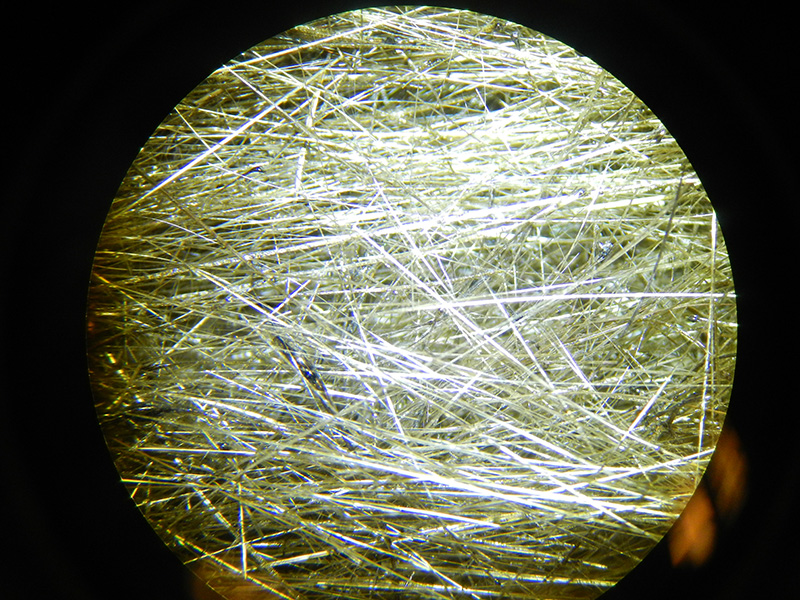Lava Flows and Fountains Continue To Pave Kilauea's Slopes
Posted on Categories Discover Magazine

Lava flows from Fissure 8. The lava fountain from the fissure can be seen in the background. Seen on May 28, 2018. Image: USGS
What is rapidly becoming the new normal in the lower East Rift Zone of Kīlauea continued over last few days. Fissures in the Leilani Estates and Lanipuna Gardens have waxed and waned, with Fissure 8 taking center stage now, producing ~60 meter (200 foot) lava fountains and a lava flow that moved at ~15 meters per hour. Many other fissures have quieted as has the multiple ocean entries.
The lava flows from fissure 7 (see below) have also stopped after overrunning a drill hole on the Puna Geothermal Venture property, thus far not causing explosions from steam and other gases trapped in the wells. PGV officials think the plant is stable after these lava incursions. Even with all this, remember that a vast majority of the island is safe to visit, but even so, tourists are staying away due to some of overblown nature of the news coverage.
New lava flows from fissure 8 have also begun to cross new roads, so Hawaiian officials are asking more people to evacuate before escape routes get completely blocked by lava. Ten more homes were destroyed by lava as well, bringing the total to 92 structures including over 40 homes. This drone footage of the area paved by the new lava flows is rather stunning.
#LeilaniEstatesEruption #KilaueaVolcano LATEST: Aerial footage of lava encroaching upon the Puna Geothermal Venture plant site; no hydrogen sulfide has been detected since it covered one well & may have also passed over a second well https://t.co/20gZr540eQ @HawaiiNewsNow #HINews pic.twitter.com/WkRjtfLyWG
— Mileka Lincoln (@MilekaLincoln) May 28, 2018
The sulfur dioxide being emitted by the eruption has travelled across part of the Pacific Ocean and is now producing vog as far off as the Marshall Islands – a distance of 3,700 kilometers (2,300 miles). Most of this is low-altitude sulfur dioxide, so much less likely to impact global climate. However, volcanic smog like this can be an irritant and potentially heat the surface when it is moving in the lower atmosphere like this.
The summit took part in the activity as well. Early this morning after relative quiet, the Halema’uma’u Crater blasted an ash-and-steam column upwards over 4.5 kilometers (15,000 feet) up, resulting in an ash fall warning for areas on the eastern shores of the Big Island. The summit crater has expanded significantly over the course of this eruption and a second pit has opened on the edge of the newly-enlarged crater. A magnitude 4.1 earthquake also hit the summit area, betraying the continuing deflation of the volcano has magma drains towards Leilani Estates.

Pele’s Hair – volcanic glass strands – under a microscope. Each strand is about the width of a piece of hair (hence the name) but dark droplets of cooled lava can be seen as well. Image: Cm3826/Wikimedia Commons.
This fountaining of lava is creating another eruption product: Pele’s Hair. These are thin strands of volcanic glass that are “spun” out by the lava flying through the air. Although it looks like strands of blonde hair (see above), it is literally glass, so it can be painful if you get a strand stuck in your finger (believe me, I know). You can imagine getting covered in Pele’s Hair isn’t good for skin or eyes either.